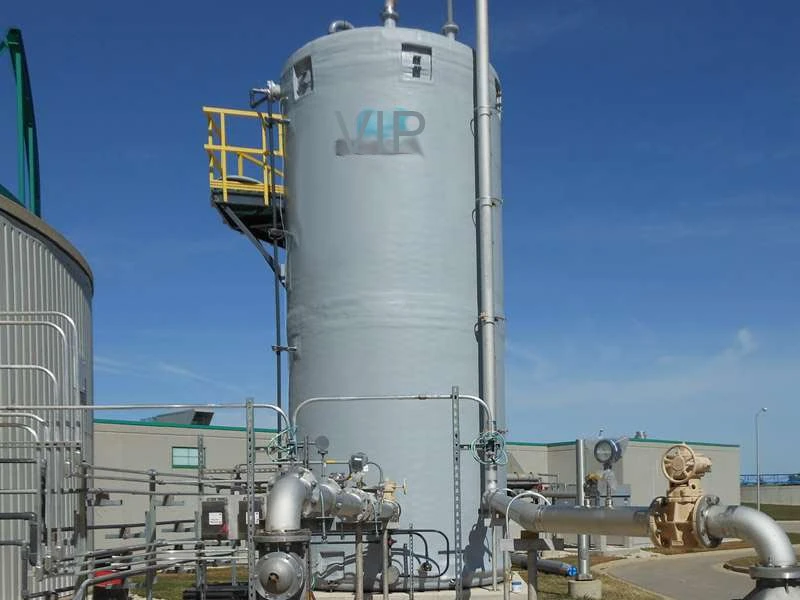
-
 Afrikaans
Afrikaans -
 Albanian
Albanian -
 Amharic
Amharic -
 Arabic
Arabic -
 Armenian
Armenian -
 Azerbaijani
Azerbaijani -
 Basque
Basque -
 Belarusian
Belarusian -
 Bengali
Bengali -
 Bosnian
Bosnian -
 Bulgarian
Bulgarian -
 Catalan
Catalan -
 Cebuano
Cebuano -
 China
China -
 China (Taiwan)
China (Taiwan) -
 Corsican
Corsican -
 Croatian
Croatian -
 Czech
Czech -
 Danish
Danish -
 Dutch
Dutch -
 English
English -
 Esperanto
Esperanto -
 Estonian
Estonian -
 Finnish
Finnish -
 French
French -
 Frisian
Frisian -
 Galician
Galician -
 Georgian
Georgian -
 German
German -
 Greek
Greek -
 Gujarati
Gujarati -
 Haitian Creole
Haitian Creole -
 hausa
hausa -
 hawaiian
hawaiian -
 Hebrew
Hebrew -
 Hindi
Hindi -
 Miao
Miao -
 Hungarian
Hungarian -
 Icelandic
Icelandic -
 igbo
igbo -
 Indonesian
Indonesian -
 irish
irish -
 Italian
Italian -
 Japanese
Japanese -
 Javanese
Javanese -
 Kannada
Kannada -
 kazakh
kazakh -
 Khmer
Khmer -
 Rwandese
Rwandese -
 Korean
Korean -
 Kurdish
Kurdish -
 Kyrgyz
Kyrgyz -
 Lao
Lao -
 Latin
Latin -
 Latvian
Latvian -
 Lithuanian
Lithuanian -
 Luxembourgish
Luxembourgish -
 Macedonian
Macedonian -
 Malgashi
Malgashi -
 Malay
Malay -
 Malayalam
Malayalam -
 Maltese
Maltese -
 Maori
Maori -
 Marathi
Marathi -
 Mongolian
Mongolian -
 Myanmar
Myanmar -
 Nepali
Nepali -
 Norwegian
Norwegian -
 Norwegian
Norwegian -
 Occitan
Occitan -
 Pashto
Pashto -
 Persian
Persian -
 Polish
Polish -
 Portuguese
Portuguese -
 Punjabi
Punjabi -
 Romanian
Romanian -
 Russian
Russian -
 Samoan
Samoan -
 Scottish Gaelic
Scottish Gaelic -
 Serbian
Serbian -
 Sesotho
Sesotho -
 Shona
Shona -
 Sindhi
Sindhi -
 Sinhala
Sinhala -
 Slovak
Slovak -
 Slovenian
Slovenian -
 Somali
Somali -
 Spanish
Spanish -
 Sundanese
Sundanese -
 Swahili
Swahili -
 Swedish
Swedish -
 Tagalog
Tagalog -
 Tajik
Tajik -
 Tamil
Tamil -
 Tatar
Tatar -
 Telugu
Telugu -
 Thai
Thai -
 Turkish
Turkish -
 Turkmen
Turkmen -
 Ukrainian
Ukrainian -
 Urdu
Urdu -
 Uighur
Uighur -
 Uzbek
Uzbek -
 Vietnamese
Vietnamese -
 Welsh
Welsh -
 Bantu
Bantu -
 Yiddish
Yiddish -
 Yoruba
Yoruba -
 Zulu
Zulu
grp shell
Understanding GRP Shell A Comprehensive Overview
GRP (Glass Reinforced Plastic) shells are increasingly gaining popularity in various industries due to their unique properties, versatility, and efficiency. These engineered materials have transformed traditional manufacturing processes, providing innovative solutions for several applications ranging from construction to automotive, and beyond.
At its core, GRP consists of a matrix of plastic reinforced with glass fibers. This combination results in a composite material that exhibits enhanced strength, durability, and resistance to environmental factors compared to traditional materials like metal or wood. The process of creating GRP shells typically involves a molding procedure in which the glass fibers are laid in a mold and then saturated with resin. Once cured, the end product boasts not only structural integrity but also a lightweight profile, making it an ideal choice for numerous applications.
Understanding GRP Shell A Comprehensive Overview
The versatility of GRP also extends to its aesthetic appeal. GRP shells can be manufactured in various shapes and colors, allowing for a broad range of design possibilities. Whether for architectural elements, interior designs, or consumer products, GRP can be tailored to meet the specific visual and functional requirements of any project. Its smooth finish not only enhances appearance but also makes cleaning and maintenance easier.
grp shell

In the automotive industry, GRP shells are increasingly used in the production of body panels and components. The weight reduction offered by GRP contributes to improved fuel efficiency, making vehicles more environmentally friendly and cost-effective in the long run. Furthermore, GRP’s ability to absorb impact makes it an attractive option for enhancing vehicle safety without adding excessive weight.
Additionally, the manufacturing process of GRP shells can be much more energy-efficient compared to traditional materials. The ability to mold complex shapes without requiring multiple parts reduces both production time and material waste. This efficiency aligns with contemporary goals for sustainability, as industries seek to lower their carbon footprints while maintaining high production standards.
Despite the many advantages, it is essential to consider that GRP is not suitable for every application. Its thermal conductivity may not meet specific requirements in high-temperature environments, and while it offers significant advantages in many areas, the initial cost of GRP components can sometimes be higher than traditional materials. Therefore, careful consideration is necessary when deciding on the best materials for a given project.
In conclusion, the use of GRP shells represents a significant advancement in composite technology. Their unique combination of strength, durability, aesthetic flexibility, and resistance to environmental challenges positions them as a valuable option across various sectors. As industries continue to innovate and seek more efficient, sustainable solutions, GRP shells are likely to play an increasingly prominent role in the manufacturing landscape, driving improvements in efficiency and performance.









